Archives
Igor Mokhov
Leonard Barrie
Philippe Bougeault
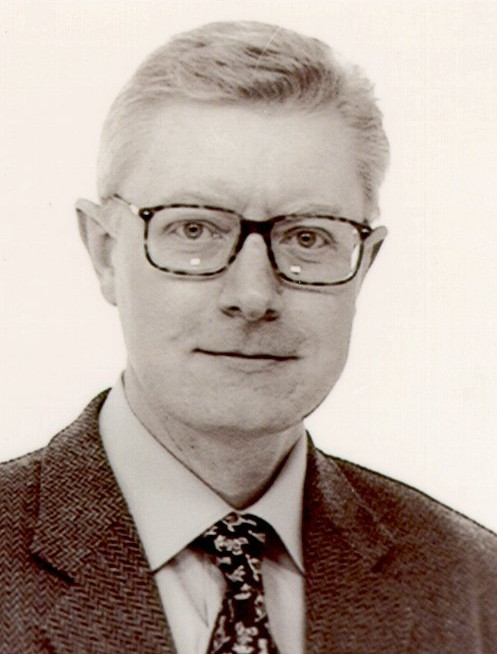
“I am proud to contribute to the life of IAMAS and will endeavour to represent the numerical weather prediction community in this arena, in this period where its links with the other parts of the atmospheric science and of environmental monitoring are rapidly growing”
Sabina Stefan
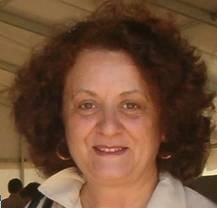
Professor Dr. Sabina Stefan, head of the Department of Atmospheric Physics, Faculty of Physics at the University of Bucharest, Romania has more than 30 years experience in the field of Atmospheric Physics. She holds a Ph.D. from The University of Bucharest, with a dissertation on the physics of evaporation and condensation processes in atmosphere.
She is the National Correspondent for The International Association of Meteorology and Atmospheric Science (IAMAS), a member of IAMAS Large Executive Committee, member of The International Committee of Climate (ICCL), and a member of The European Physical Society. She is a member of The Romanian Meteorology Society and previously she was the president of this Society.
Her research is in the fields of aerosol physics and air pollution, cloud physics and meteorology. She has published five books in this research area, two of which are regarded as important textbooks for Romanian students and researchers interested in the field of Atmospheric Physics and Meteorology: Atmospheric Aerosol Physics (Ed. All, 1998, 250 pg.) and Atmospheric Physics, Weather and Climate (Ed. University of Bucharest, 2004 year, 420 pg.). For the latter, she was awarded the Romanian Academy prize, Stefan Hepites.
She has supervised many undergraduate, Master and Ph.D. students throughout the years. Professor Sabina Stefan has more than 50 publications in referred journals; 10 of her publications have been cited in over 30 scientific articles.
Tetsuzo Yasunari

Vladimir M. Kattsov
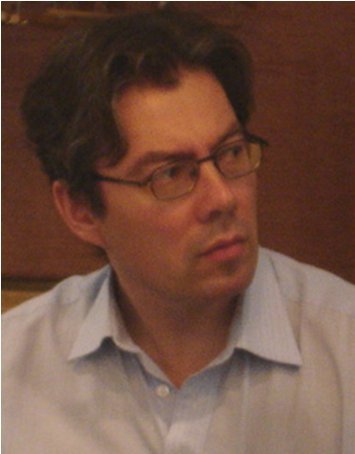
Title: Doctor of Physical and Mathematical Sciences.
Specialty: physics of the atmosphere and hydrosphere.
Scientific field and expertise: Global climate 3D modelling; high-latitude climate dynamics. Lead author of the IPCC Working Group I Third (2001) and Fourth (2007) Assessment Reports; Arctic Climate Impact Assessment (ACIA, 2005). Member of the CAS/JSC Working Group on Numerical Experimentation (WGNE, 2000-2005). Member, World Climate Research Programme (WCRP) Climate and Cryosphere Scientific Steering Group (CliC SSG, since 2007). Member, Scientific Advisory Committee, Asia-Pacific Economic Cooperation Climate Center (APCC, since 2006).
Ernesto Hugo Berbery
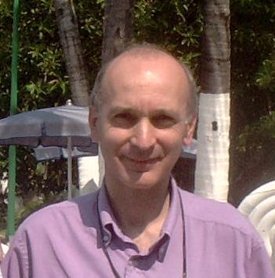
Michael MacCracken
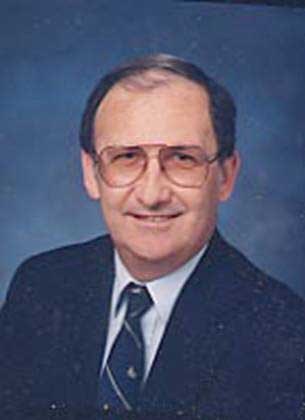
Michael MacCracken received his B.S. in Engineering degree from Princeton University in 1964 and his Ph.D. degree in Applied Science from the University of California Davis/Livermore in 1968. His dissertation used a 2-D climate model to evaluate the plausibility of several hypotheses of the causes of ice ages. Following his graduate work, MacCracken joined the Physics Department of the University of California’s Lawrence Livermore National Laboratory (LLNL) as an atmospheric physicist. His research in the ensuing 25 years included numerical modeling of various causes of climate change (including study of the potential climatic effects of greenhouse gases, volcanic aerosols, land-cover change, and nuclear war) and of factors affecting air quality (including photochemical pollution in the San Francisco Bay Area and sulfate air pollution in the northeastern United States). From 1993-2002, MacCracken was on assignment as senior global change scientist to the interagency Office of the U.S. Global Change Research Program (USGCRP) in Washington D.C. From 1997-2001, he was executive director of the USGCRP’s coordination office for the US National Assessment. He also coordinated the official U.S. Government reviews of several of the assessment reports prepared by the Intergovernmental Panel on Climate Change (IPCC), and has been a co-author/contributing author of various chapters in some of the reports. MacCracken retired on September 30, 2002 from LLNL, and is currently engaged in several part-time tasks, including serving on the integration team for the Arctic Climate Impact Assessment. As president of IAMAS, MacCracken served on the Executive Committee of International Union of Geodesy and Geophysics (IUGG). MacCracken is a fellow of the American Association for the Advancement of Science (AAAS) and a member of the American Meteorological Society, the Oceanography Society, and the American Geophysical Union, for which he is currently serving as Vice-Chair of their Focus Group on Global Environmental Change.
Guoxiong Wu

Guoxiong Wu graduated from the Department of Meteorology of Nanjing Institute of Meteorology in 1966, received his doctorate in 1983 at London University Imperial College and worked as a visiting scientist at European Center for Medium-Range Forecasts from 1983 to 1984. He returned to China and worked at the Institute of Atmospheric Physics, Chinese Academy of Sciences in 1985 and was elected the Academician of Chinese Academy of Sciences in 1997. He worked as a Senior Visiting research Professor at the Geophysical Fluid Dynamics Laboratory, Princeton University, U.S.A. from 1989 to 1991. He was the director of State Key Laboratory of Numerical Modelling of Atmospheric Sciences and Geophysical Fluid Dynamics (LASG) during 1993-2000.
He is mainly engaged in weather dynamics, climate dynamics and atmospheric general circulation. He is now the Chief Editor of Advances in Atmospheric Sciences, Editor of the international journals Climate Dynamics and Theoretical and Applied Climatology, Officer of the Joint Science Committee (JSC) of the World Climate Research Program (WCRP), and one of the leading scientists of the National Key Basic Research and Development Plan (973) Ocean-Atmosphere Interaction over the Joining Area of Asia and Indian-Pacific Ocean (AIPO) and Its Impact on the Short-Term Climate Variation in China.
